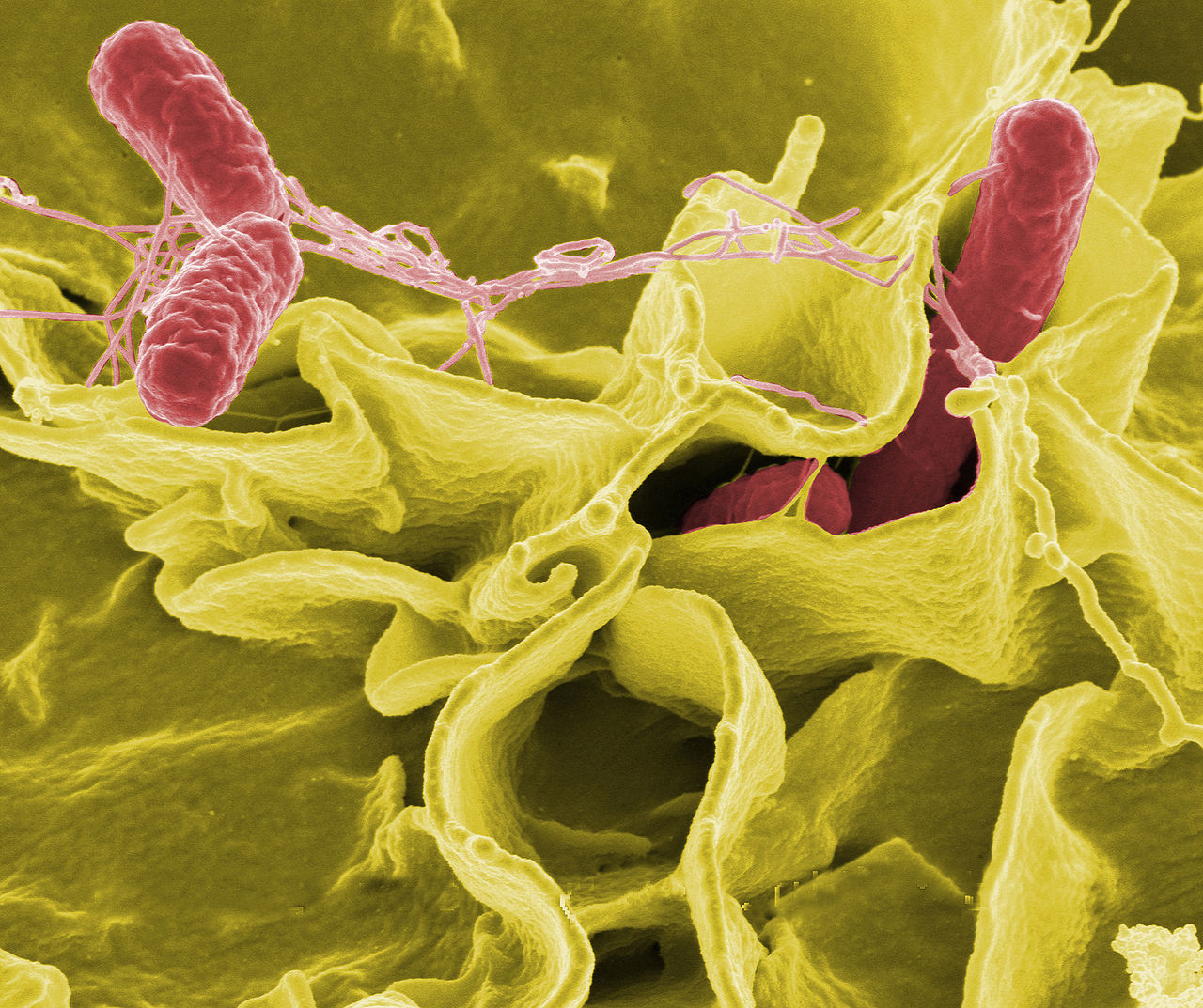Scientists have identified a new multipurpose ‘on-off switch’ that can be used for inhibiting bacterial growth and thereby addressing concerns with problematic pathogens. This discovery coms from Lund University.
The finding relates to an antitoxin mechanism and this provides the means to neutralize hundreds of different toxins.
The newly discovered mechanism has been named Panacea, after the Greek goddess of medicine (a word that has since become synonymous with the myth of the universal cure).
In particular, the antitoxin mechanisms will contribute towards the application of bacteriophages for the treatment of specific diseases (phage therapy). This approach of using viruses to inactivate bacteria is seen as providing a different approach for treating antibiotic resistance infections.
READ MORE: Acne treatment based on bacteriophage activity developed
Bacteriophages are viruses capable of infecting a bacterium and replicating within the cell (through injection of the viral genome into the bacterial cell cytoplasm). The advantage of phage therapy is that the bacteriophage is easy to administer and, on entering the host bacterium, the virus will replicate readily.
The study pinpoints a toxin-antitoxin system that functions like an on-off switch in many bacterial DNA genomes. Toxin-antitoxin pairs consist of a gene encoding a toxin that inhibits bacterial growth and an adjacent gene encoding an antitoxin that counteracts the toxic effect. In other words, sipping from a bottle of poison and then from a bottle of the antidote.
What if the antitoxin part could be switched off (or neutralized)?. This mean bacteria-killing viruses would become far more effective.
Based on knowledge gained about these mechanisms, the researchers plan to identify novel toxin-antitoxin systems with a view to developing possible biotechnological applications of toxin-antitoxin systems.
If successful, this would provide the keys to a molecular toolbox for tweaking bacterial metabolism and controlling bacterial cell resources, and hence a new generation of antimicrobial medicines.
The research appears in the journal Proceedings of the National Academy of Sciences, with the research study headed “A hyperpromiscuous antitoxin protein domain for the neutralization of diverse toxin domains.”














